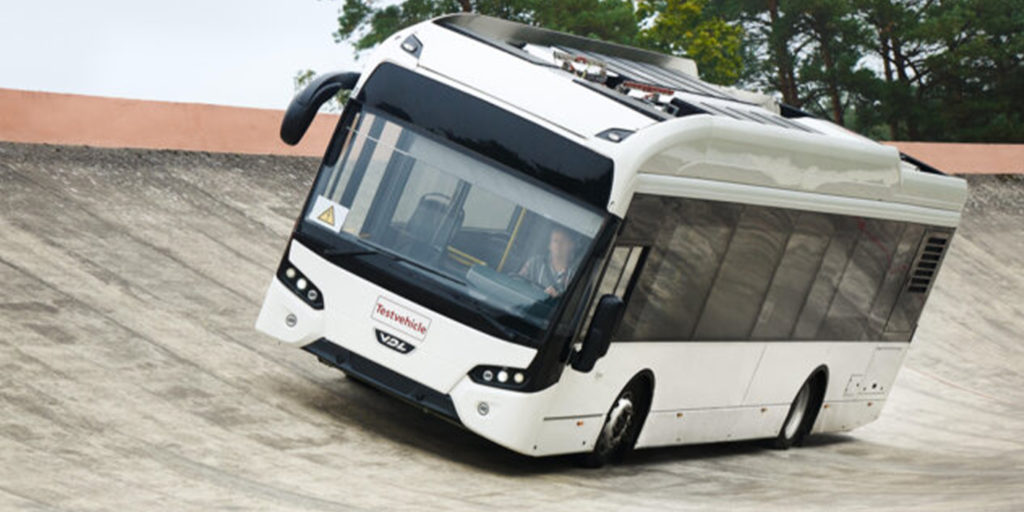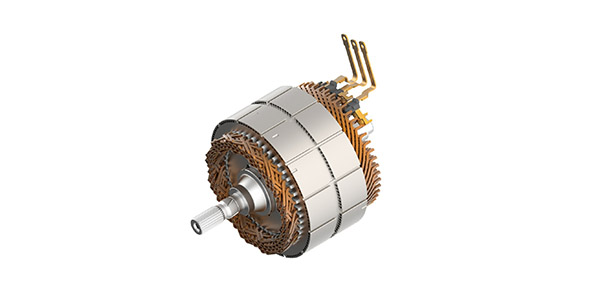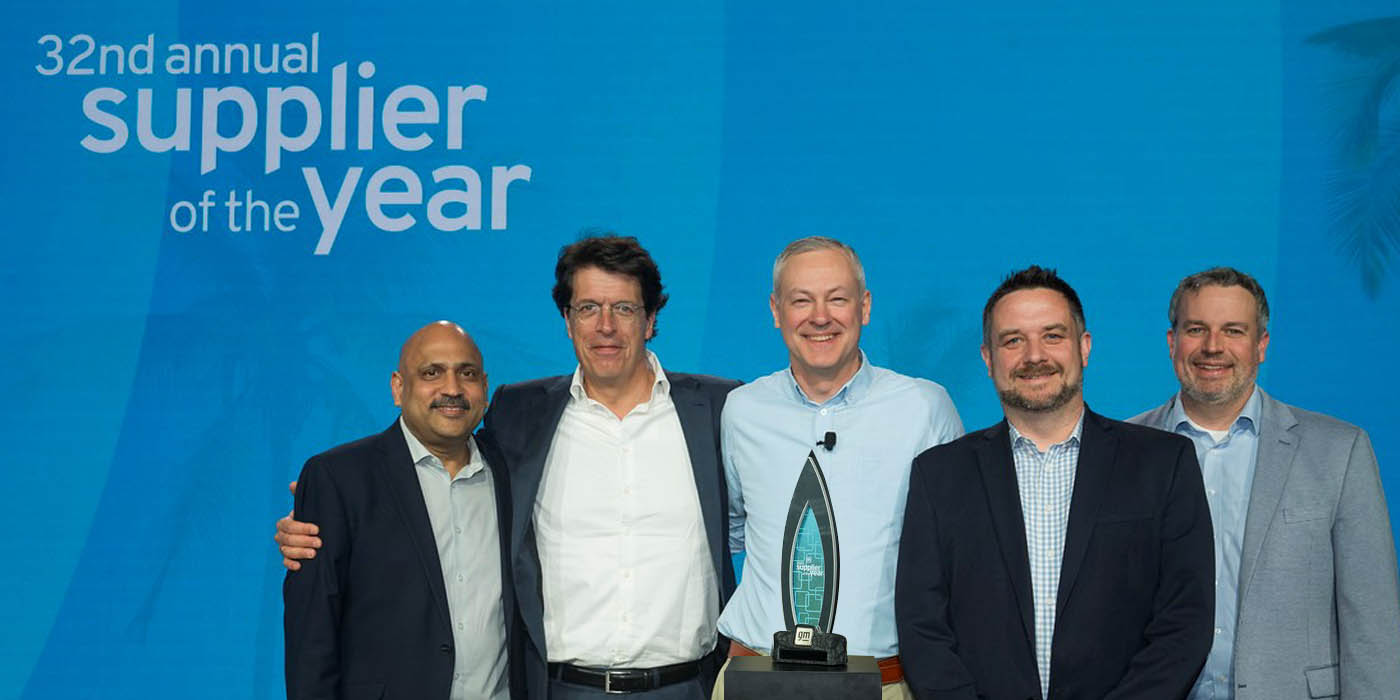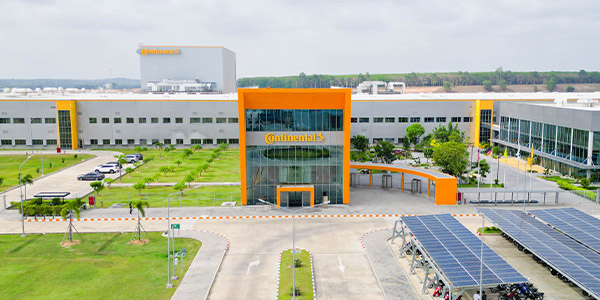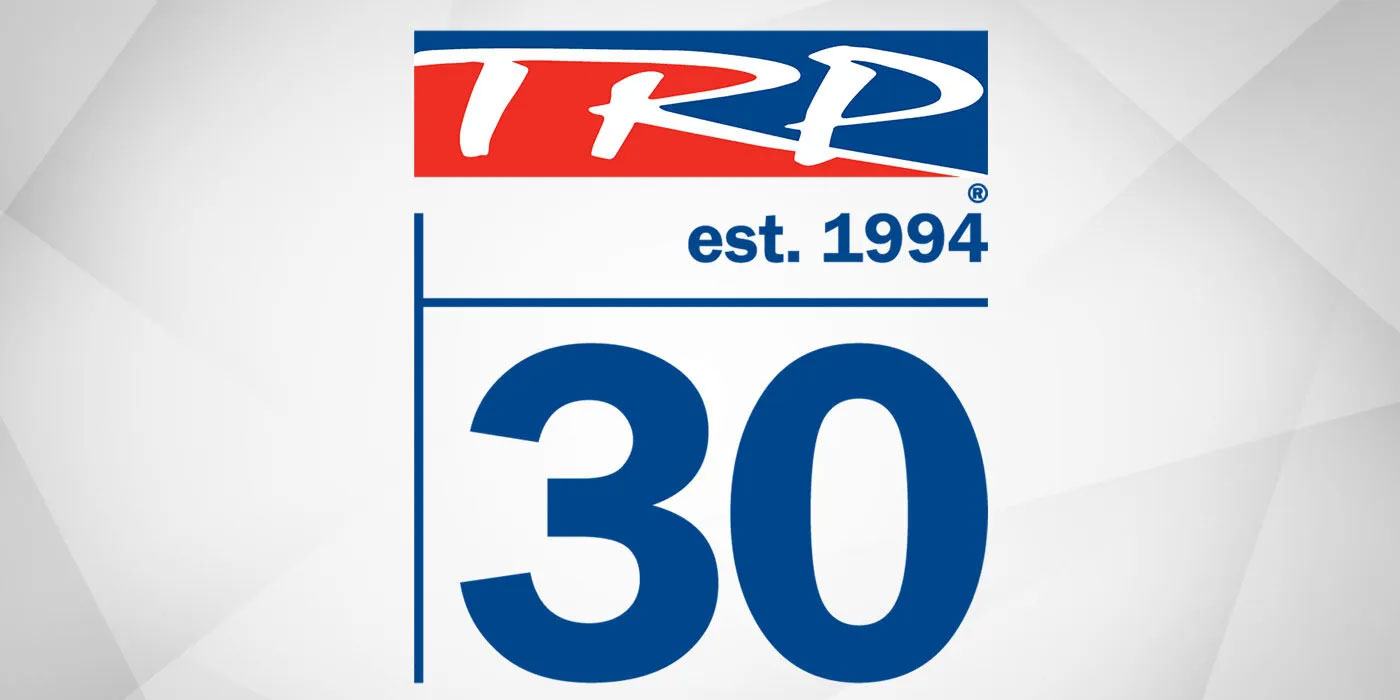Automakers and commercial vehicle manufacturers are not alone in having to change their processes in response to electric mobility. Tire manufacturers too need to come up with new development concepts to accommodate this new form of propulsion. One particularly demanding field in technological terms is the development of tires for electric urban buses. In response, Continental and VDL Bus & Coach, a leading manufacturer of electric buses, have pooled their expertise and jointly developed initial prototype tires. These are currently being tested at Continental’s Contidrom proving grounds.
VDL Bus & Coach launched its first electric Citea urban bus back in 2013. Since then, electric buses from VDL have covered more than 75 million kilometers in a variety of European cities, saving emissions of 11 million metric tons of CO2.
Special requirements for electric urban buses
“As with all electric vehicles, these bus tires are exposed to higher torque when moving off and accelerating,” explained Ben Hudson, automotive engineer at Continental Truck Tires. But as he goes on to say, with tires for electric urban buses there are other considerations involved, above and beyond those experienced in previous EV projects: “In downtown traffic in particular, vehicles need to run very quietly, so that the comfort offered by quiet electric drive isn’t diminished by loud road-tire noise.”
In addition, the deceleration of electric buses in urban traffic is a key factor in the energy recovery or “recuperation” process. Here, the electric motor acts as a generator and, driven by the deceleration of the bus, produces energy to charge the battery. This leads to a marked increase in the vehicle’s range. Compared to conventional brake management systems, this process of recuperation puts added strain on the drive axle tires.
Technically demanding trade-offs
Consequently, tires for electric buses have to cope with tougher requirements than their counterparts for buses with combustion engines. “At the same time, they need to deliver the same mileage and meet the same safety standards as bus tires for conventional drive systems,” said Hudson. The trade-offs between mileage, braking and handling performance, are technically demanding. “We are up against new requirements here,” he adds, “but obviously we’re not going to accept any compromises in terms of robustness or braking performance. Safety takes top priority for us.”
The search for the best possible solution
Right now, the tires on the VDL vehicles at the Contidrom are still running on tires built by the Prototyping department in Hanover-Stöcken with hand-carved tread patterns. As a rule, the tire development cycle from initial prototype to volume production takes three to five years. For the e-bus tires the aim is to shorten that cycle. “When developing this concept tire, we’re not restricted by what has gone before in previous generations of tires,” said Hudson. “That gives us the freedom to try out entirely new concepts and ideas. If these prove successful, we’ll put them into practice very quickly and feed them into the development of the next line of tires.”
This, he says, can lead to significantly shorter development cycles, meaning that Continental can react faster to market requirements. And in the search for the best possible solution, time is a key factor: Given the rapid pace of progress in the electric mobility segment, demand for suitable tires is growing fast, said Continental.

